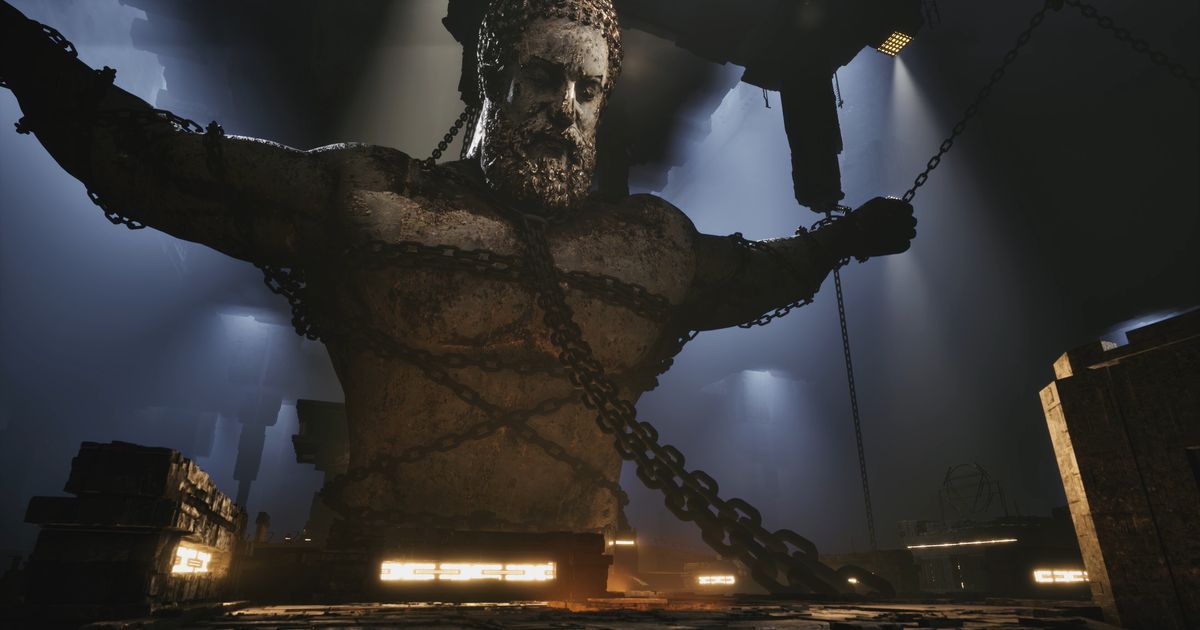The Talos Principle is exactly the kind of show that, if you’re a fan, you’re in for a tough time. After all, who wants to wait almost ten years for the continuation of an ideal logical and philosophical game in all respects?! He met exactly everyone who liked him unusually deep and sometimes unusually difficult number one. But number two has finally arrived, so we’ll see what happens.
I can say from the very beginning that nothing revolutionary should be expected. The second game sticks to the established rules of its predecessor quite well, so there are some familiar elements to be found in the individual puzzle rooms. You’ll run back and forth with blocks, colored laser reflectors, electrical jammers, jump from side to side thanks to large fans and try to find a way to reach the goal in the form of a circular altar, after activating which you will solve the puzzle.
From the very beginning you will become very familiar with the essence of the game. This is despite the fact that we are moving from an environment using elements of Egypt to a seemingly utopian future. We emerge from the robot simulation under Elohim’s control. To the city of New Jerusalem, as the thousandth man created. It is we who represent the fulfillment of the long-held goal of filling the city with a thousand people to create the sustainable civilization that the first man, the missing leader Athena, dreamed of. But of course it’s not that simple. Upon our greeting, a kind of hologram of Prometheus from the mysterious island appears out of nowhere. So we and a few others go on an expedition to find out what the hell is going on.
It slowly leads us through several locations and mini-islands where we will solve puzzle rooms one after another. At the same time, each location always tries to add something unique to the usual repertoire of elements known from the first part.. While on one island you will receive a battery that can be charged with laser color, on another location you will be given an RGB converter to combine the colors into another. Everything literally turns upside down as soon as you start playing with gravity.
This all sounds great, and I have to admit that solving the puzzles is by far the best part of the game. And this is despite the fact that they sometimes face special difficulties. And this is meant in two ways. First, their complexity seems inconsistent. One day you’ll be dealing with a relatively difficult room, and the next day you’ll be dealing with something you can literally solve in ten seconds. At the beginning you may get stuck several times, and at the end you will face completely trivial challenges. Tahh, the lack of gradation, to be honest, I didn’t like. And the second way in which difficulty was implied was, unfortunately, general difficulty. Overall, I think it’s noticeably lower than number one for individual numbers. Yes, there were times when I got stuck. It was in those moments when, filling the room, I could not help but loudly lament what an incredible idiot I was. This is how I imagined it several times during the game. However, such moments happened only occasionally. Most of the rooms had a very clear purpose and course, with only a few forcing you to think outside the box, be creative and use individual elements in a slightly unconventional way.
Source :Indian TV

